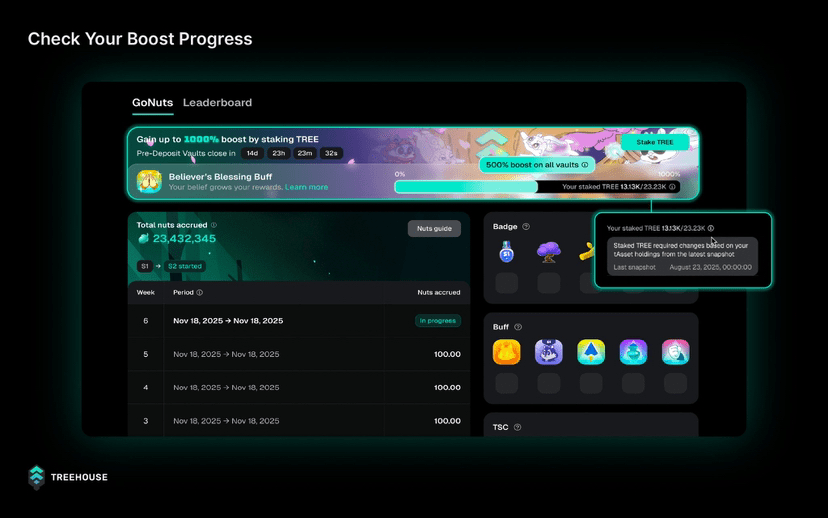Over the past two years, on-chain yields have been like a puzzle: different chains, different protocols, different maturities, and different risk criteria, with information fragmented and inconsistent. Treehouse's path is not to recreate a 'high annualized' story, but to standardize the interest rates themselves and then organize products and liquidity around those standards. The official positioning is as a decentralized fixed income layer, consisting of two main pieces: one is the benchmark interest rate system Decentralized Offered Rate, and the other is the yield assets tAssets issued around that rate, thereby forming a consistent interest rate language and a combinable yield stack across multiple chains.

Benchmarks are not just slogans; they must be actionable in products. The role of tAssets is to compress complex yield sources into an understandable note, aligning different ecosystems on the same interest rate scale. For the asset side, this means clearer maturities and refinancing paths; for the demand side, it means lower comparative costs and cleaner risk disclosures. The underlying logic is simple: first have a credible 'metric', then talk about sustainable 'products'.
From the milestone perspective, Treehouse will launch the mainline protocol in September 2024, with the early tETH liquidity pool significantly absorbing funds within hours, and the overall volume of tAssets increasing and maintaining monthly growth throughout the year. As a project aimed at a 'fixed income layer', this set of data indicates an increasing acceptance of standardized yield vehicles on both the supply and demand sides, and the capacity to accommodate incoming incremental funds.
This summer, the token will go live on exchanges and derivatives markets, further connecting interest rates and liquidity. On the trading front, TREE has opened spot trading and contract varieties on leading trading platforms, bringing more market-making and hedging methods; this is an important piece for fixed income products, as investors can manage risks more finely around benchmarks and maturities rather than passively holding.
The key to this path is not to chase short-term high annualized returns, but to form verifiable, auditable, and transferable interest rate standards and asset containers. Interest rate standards allow different chains and protocols to speak the same language; asset containers enable yields to be reused across ecosystems and accessed in downstream scenarios with lower slippage. The value of standardization is equally applicable in the crypto world: when metrics are unified, criteria are clear, and maturities are defined, capital will upgrade from tentative participation to large-scale allocation.